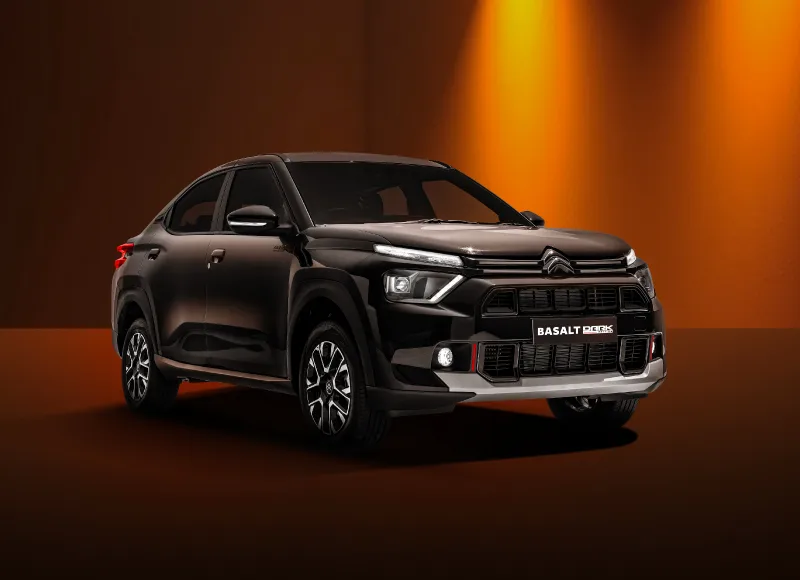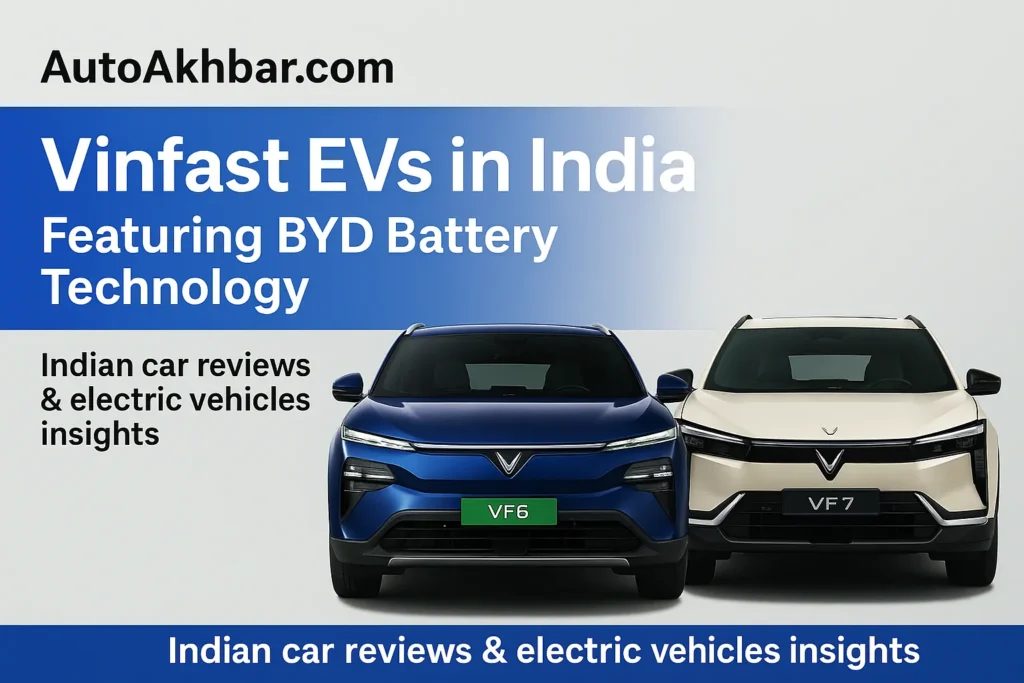Honda N-One e EV is finally here—and it’s surprisingly good. Revealed in Japan, this compact electric car has caught the attention of EV enthusiasts, especially with its practical features, decent range, and a standout capability: Vehicle-to-Load (V2L) support. While many didn’t expect Honda to include such advanced tech in a kei car, they’ve done it—and that too with some surprising design choices.
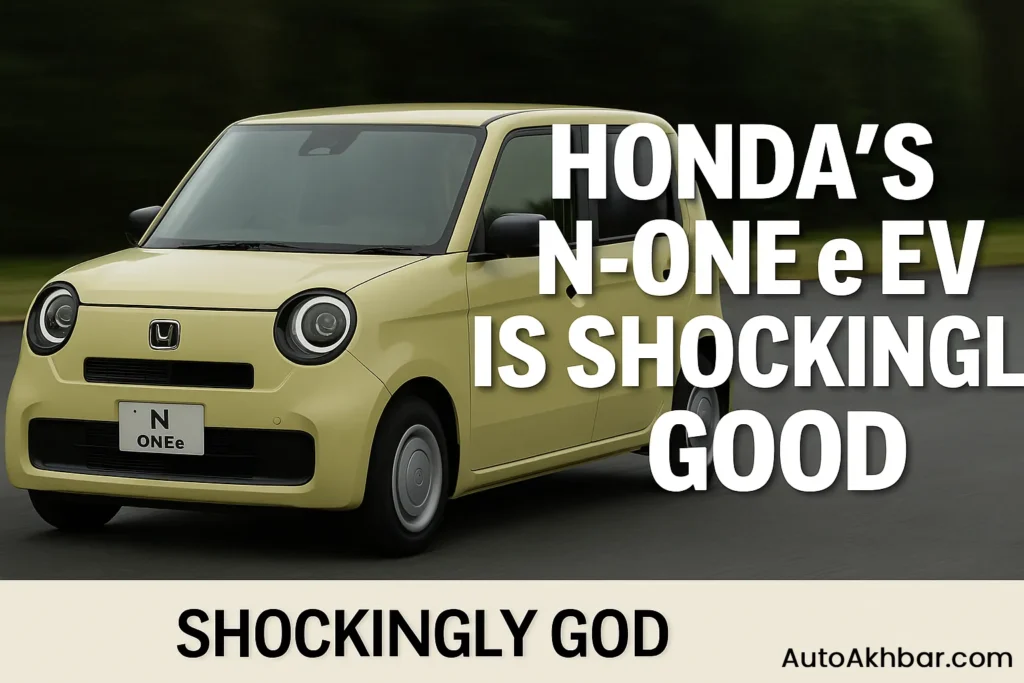
Table of Contents
✅ Key Specs of Honda N-One e EV
- Motor Output: 47 kW (approx. 63 hp)
- Range: 245 km (152 miles)
- Charging: 50 kW DC, 6 kW AC
- Length: 3.4 meters (134 inches)
- Drive: Single electric motor, front-wheel drive
- Vehicle-to-Load: Yes, with optional adapter
- Interior Design: Budget-retro with modern touches
- Price Estimate:
AUD $20,000 (₹11–12 lakh INR, approx.)
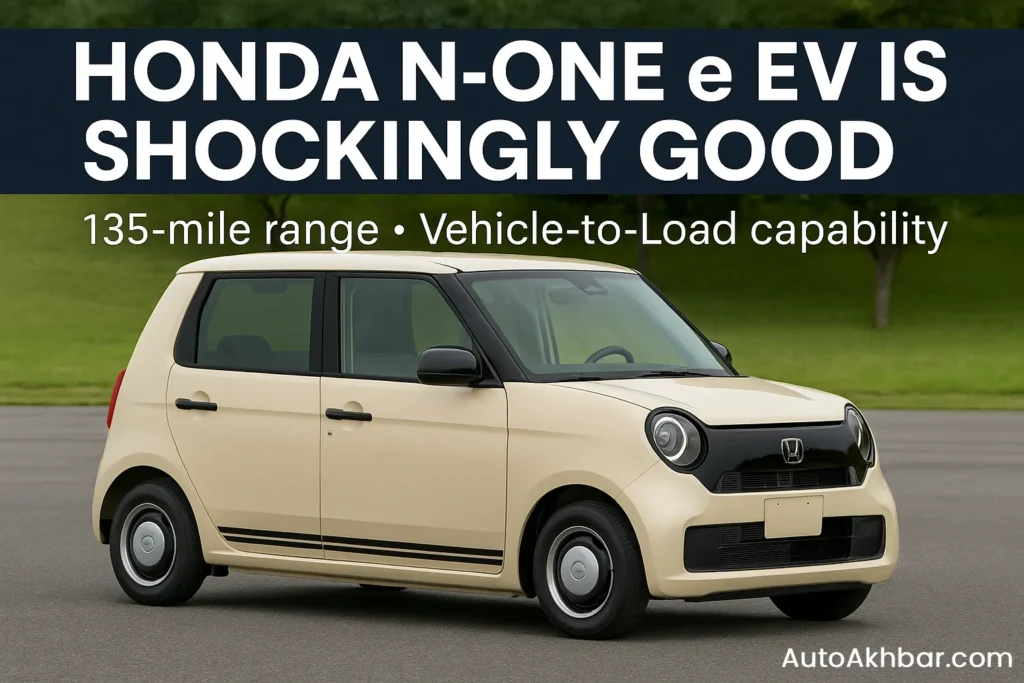
🇯🇵 Designed for Japan, but Europe Gets It Too
This small electric car was officially revealed in Japan and falls under the kei car category—tiny cars that dominate Japanese city streets. But despite its compact size, the Honda N-One e EV is no slouch in functionality. It’s boxy, practical, and brings a sort of retro charm, especially with the available sporty twin-stripe kit that gives it a fun personality.
While Honda has ruled out a U.S. launch, Europe will definitely see this model soon. As for markets like India or Australia, there’s no confirmation yet, but growing EV demand could influence that decision.
💡 Internal Link Suggestion:
Read more: How to Extend EV Battery Life
⚡ Vehicle-to-Load (V2L) & Home Backup Power
One of the most standout features of the Honda N-One e EV is its V2L technology. Owners can power small appliances like laptops, electric bikes, or even charge other devices—ideal during power outages. However, to access this feature, users must purchase an additional Honda accessory kit, which includes an adapter and a dashtop LED battery indicator.
🚨 Note: This isn’t the same as full Vehicle-to-Home (V2H) functionality but still adds value, especially for emergencies or camping trips.
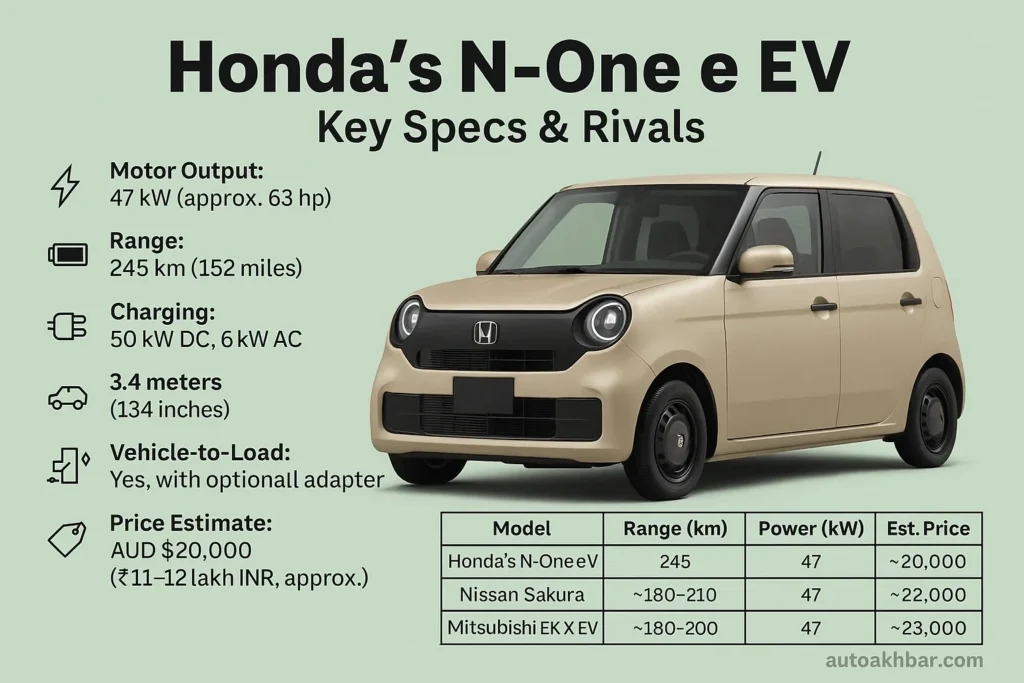
🪑 Interior: Basic, Yet Functional
Let’s be honest—the interior feels budget. However, it leans into a retro-minimalistic design. There’s a small touchscreen with a shelf beneath it, likely meant for your smartphone or wallet. Unfortunately, USB ports are missing, which is a downside in today’s tech-heavy lifestyle.
But it’s not all bad. The rear seats fold flat with a 50/50 split, offering decent practicality for weekend runs or light shopping.
♻️ Sustainability: More Than Just Electric
Honda has gone a step further in the eco-friendly game. The front grille is made using recycled bumpers, while the carpeting and insulation come from old PET bottles and even recycled uniforms from Honda employees. These choices reinforce Honda’s growing push towards sustainable vehicle production.
🌍 Launch Timeline
- Japan sales begin in September 2025.
- Europe debut confirmed at the IAA Munich Auto Show this fall (Source team-bhp)
- No confirmed plans yet for the U.S. or Indian launch. (Source team-bhp)
🔋 Performance vs Price: Can It Compete?
Compared to similar kei-class EVs, the N-One e EV is modest in specs but not necessarily in price. Its estimated cost is AUD $20,000 (~₹11–12 lakhs INR). That’s 3x costlier than some Chinese micro EVs like the Seagull, which offer similar range and better interior tech at a fraction of the cost.
Key Rivals in Japan:
| Model | Range (km) | Power (kW) | Est. Price (AUD) |
|---|---|---|---|
| Honda N-One e EV | 245 | 47 | ~20,000 |
| Nissan Sakura | ~180–210 | 47 | ~22,000 |
| Mitsubishi EK X EV | ~180–200 | 47 | ~23,000 |
| BYD Seagull (China) | 305 | 55 | ~13,000 |
| Hyundai Inster (EU) | 360 | 84 | ~26,000 |
📌 External Link: Hyundai Inster EV Overview – InsideEVs
🔄 Variants: The N Van EV & More
There’s also a van version called the N-Van e, slightly different in range (~245 km) and built more for cargo. It’s expected to cost around AUD $28,000, and is likely targeted towards small business owners or urban fleet users.
🧠 Final Thoughts
The Honda N-One e EV may not blow you away with tech or power, but it nails the brief: a small, city-focused EV with practical features and a reliable nameplate. It’s got V2L, one-pedal driving, recycled interiors, and a quirky retro design. However, Honda needs to price it aggressively to make it a true rival to affordable Chinese alternatives.
🙋♂️ Would You Buy It?
If this car were available in your country at a decent price, would you go for it over a Wuling Air EV or BYD Seagull? Let us know in the comments.
🤔 Frequently Asked Questions (FAQs)
What is the range of Honda’s N-One e EV?
Honda’s N-One e EV offers a driving range of up to 245 km (152 miles) on a full charge. This makes it ideal for daily city commutes and short highway trips.
Does Honda’s N-One e EV support Vehicle-to-Load (V2L)?
Yes, the N-One e EV supports Vehicle-to-Load (V2L), allowing users to power external devices like laptops, camping gear, or electric bicycles using the car’s battery. An adapter may be required.
Is Honda’s N-One e EV available outside Japan?
As of now, the N-One e EV is confirmed for launch in Europe. However, there is no official confirmation regarding its availability in India, Australia, or the U.S. market.
What is the expected price of Honda’s N-One e EV?
The estimated starting price is around AUD $20,000, which translates to approximately ₹11–12 lakh INR, depending on local taxes and import duties.
Does the N-One e EV support fast charging?
Yes, Honda’s N-One e EV supports DC fast charging at 50 kW and AC home charging at 6 kW, making it convenient for both home and public charging.

